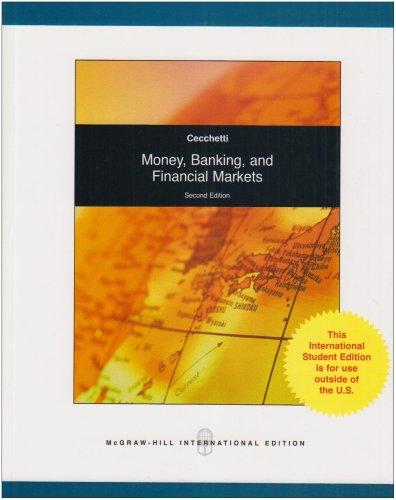Q1. Assume that Stevens Point Co. has net receivables of 100,000 Singapore dollars in 90 days. The spot rate of the S\$ is $.50, and the Singapore interest rate is 2% over 90 days. Suggest how the U.S. firm could implement a money market hedge. Be precise. Q2. Assume that Loras Corp. imported goods from New Zealand and needs 100,000 New Zealand dollars 180 days from now. It is trying to determine whether to hedge this position. Loras has developed the following probability distribution for the New Zealand dollar: The 180-day forward rate of the New Zealand dollar is $.52. The spot rate of the New Zealand dollar is $.49. Develop a table showing a feasibility analysis for hedging. That is, determine the possible differences between the costs of hedging versus no hedging. What is the probability that hedging will be more costly to the firm than not hedging? Determine the expected value of the additional cost of hedging. Q3. Assume that Suffolk Co. negotiated a forward contract to purchase 200,000 British pounds in 90 days. The 90 day forward rate was $1.40 per British pound. The pounds to be purchased were to be used to purchase British supplies. On the day the pounds were delivered in accordance with the forward contract, the spot rate of the British pound was \$1.44. What was the real cost of hedging the payables for this U.S. firm? Q4. As treasurer of Tucson Corp. (a U.S. exporter to New Zealand), you must decide how to hedge (if at all) future receivables of 250,000 New Zealand dollars 90 days from now. Put options are available for a premium of $.03 per unit and an exercise price of $.49 per New Zealand dollar. The forecasted spot rate of the NZ\$ in 90 days follows: Given that you hedge your position with options, create a probability distribution for U.S. dollars to be received in 90 days. Q5. Brower, Inc. just constructed a manufacturing plant in Ghana. The construction cost 9 billion Ghanian cedi. Brower intends to leave the plant open for three years. During the three years of operation, cedi cash flows are expected to be 3 billion cedi, 3 billion cedi, and 2 billion cedi, respectively. Operating cash flows will begin one year from today and are remitted back to the parent at the end of each year. At the end of the third year, Brower expects to sell the plant for 5 billion cedi. Brower has a required rate of return of 17 percent. It currently takes 8,700 cedi to buy one U.S. dollar, and the cedi is expected to depreciate by 5 percent per year. a) Determine the NPV for this project. Should Brower build the plant? b) How would your answer change if the value of the cedi was expected to remain unchanged from its current value of 8,700 cedis per U.S. dollar over the course of the three years? Should Brower construct the plant then? Q6. A project in Malaysia costs $4,000,000. Over the next three years, the project will generate total operating cash flows of $3,500,000, measured in today's dollars using a required rate of return of 14 percent. What is the break-even salvage value of this project








